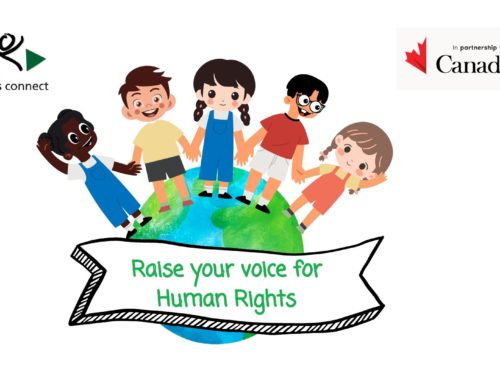Amidst some disagreement over language, the UN General Assembly (UNGA) adopted by consensus the Resolution on the Rights of the Child in the digital environment in November 2023.
Worldwide, around 2.2 billion children and young people, especially girls and adolescents, are disproportionately impacted by the digital society in which we live. In particular, many schools are increasingly turning to e-learning and children living in developing countries are finding it difficult to access the internet and digital devices and consequently to adapt to the digital pace at which the world is evolving.
The UNGA resolution comes after this year’s UN Human Rights Council’s Annual Day on the Rights of the Child (ADRC) dedicated to discussing the challenges and opportunities related to children’s rights in a growing digital society (more information here). In advance of the ADRC, Child Rights Connect established a Taskforce on child rights and the digital environment in order to, among other things, develop a joint position paper with key priority issues to inform the discussion of the ADRC, the UN General Assembly resolution on the rights of the child on the same theme as well as the Global Digital Compact.
The UNGA resolution notes that States parties should implement the Convention on the Rights of the Child in relation to the digital environment, including the importance of privacy to children’s agency, dignity and safety, and for the exercise of their rights.
Despite the fact that UN resolutions are non-binding, the adoption by consensus marks a resounding political endorsement of the requirements set out in the General comment 25 to the UN Convention on the Rights of the Child.
Some of the highlights in the decisions of the resolution are:
- States’ responsibility to review their national legislation in accordance with their international human rights obligations. In particular, the resolution underlines the need for States to regulate corporate due diligence and ensure that companies fulfil their responsibilities.
- The resolution calls for strong national legislation on data protection and privacy, stressing that companies should not prioritise commercial interests over the best interests of the child.
- The responsibility of the private sector to respect children’s rights:
- It requires private sector actors to prevent risks that may arise from the design and conception of their products and services.
- Pay attention to child rights due diligence in impact assessments to mitigate potential risks to children’s rights. In particular, privacy, security and protection by design and by default.
For more information you can read the blog by 5Rights Foundation here.
If you want to be inspired to make the most of this resolution and promote children’s rights, especially in your country, you can consult this Guide on how to use UN human rights resolutions to promote children’s rights. The Guide provides a step-by-step action plan, case studies and practical tips and tools to help you on this journey.
If you are planning to undertake activities to implement this resolution, please contact Leire at ibanez@childrightsconnect.org.










Leave A Comment